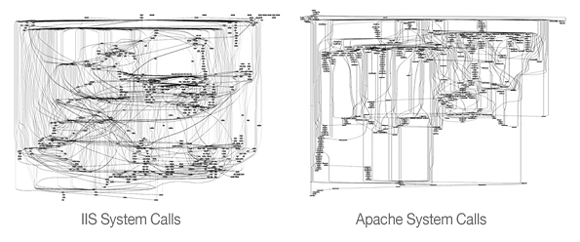On November 21st 2006 Richard Stallman addressed the 5th International GPLv3 Conference in Tokyo Japan. A full transcript of his presentation is available online on the Free Software Europe website. To help those who do not have time to read it all I have extracted a few interesting quotes (displayed in italics below) that clarify the issues surrounding GPL version 3.
During the presentation Stallman alluded to the greater social issues Free Software is addressing and the fact that open source is a by-product of the underlying principles and definitely not an objective in itself.
"The basic idea of the GNU GPL is to establish the four freedoms as inalienable rights, that is, rights that nobody can lose, except through wrong doing. You can't sell them."
The wording of his statement indicates that Free Software, like free speech, has more to do with universal social freedoms than technical issues. Stallman was also very clear on why a new version of the GPL is required.
"GPL version two was developed in 1991. The community was very different then. It was much smaller. There were probably hundreds of Free Software packages instead of tens of thousands. And there was no free operating system."
What is often overlooked in mainstream media discussion about GPL version 3 is the things it is trying to do better than the current license. Contrary to the perception of some it is not just filling legal holes that have been discovered over time.



